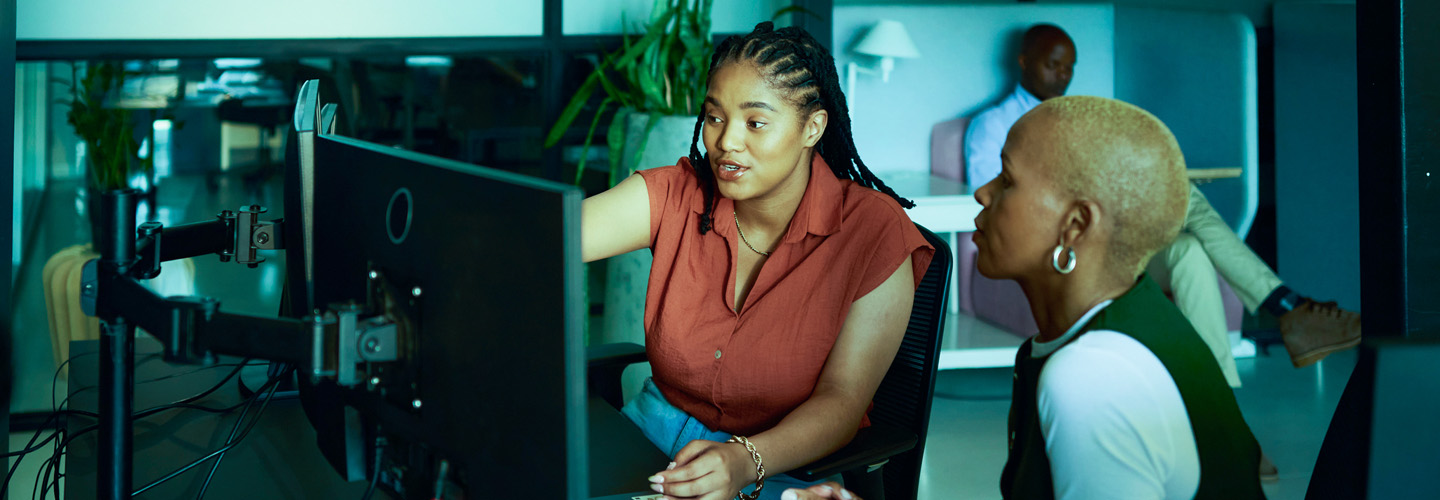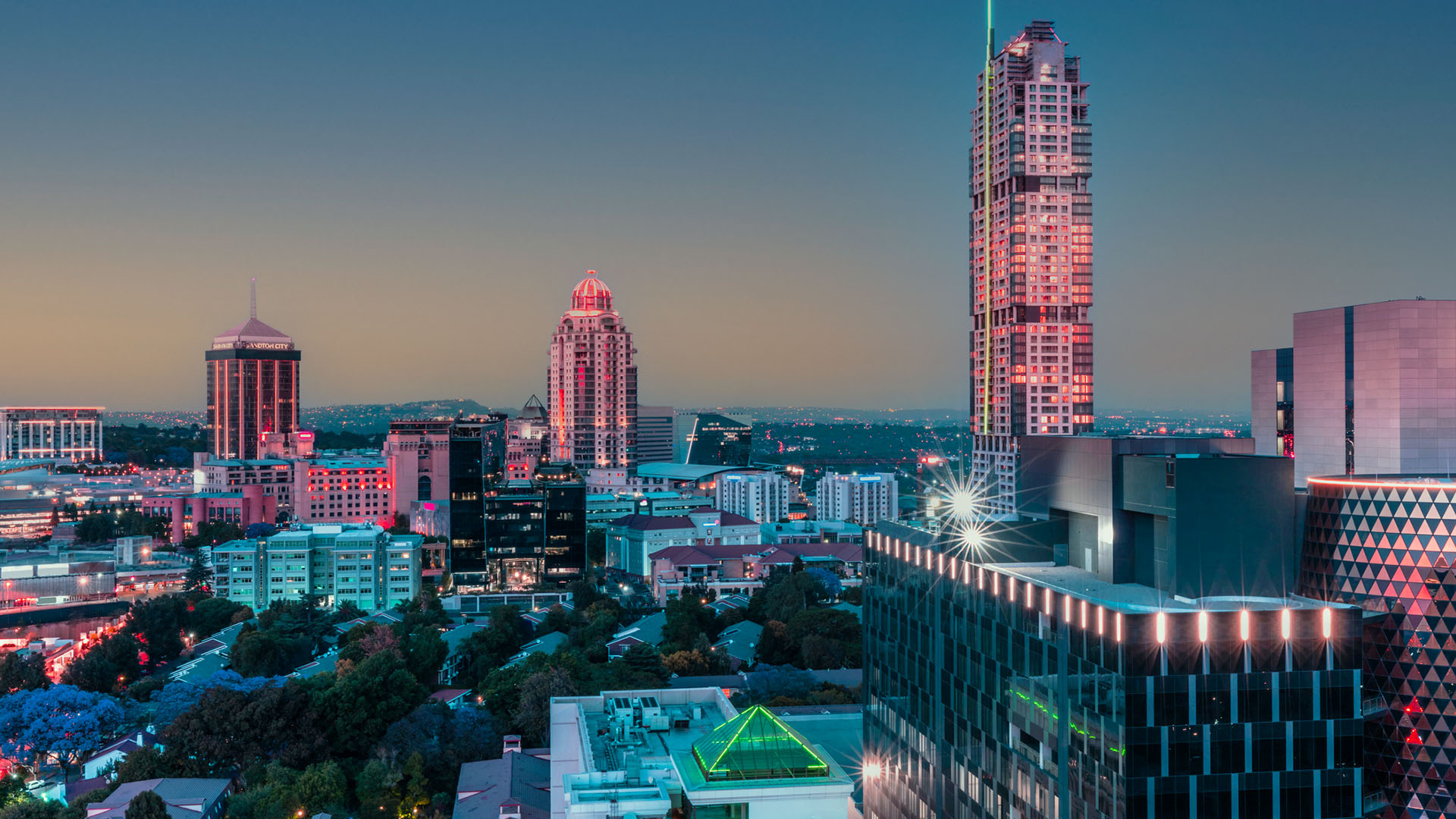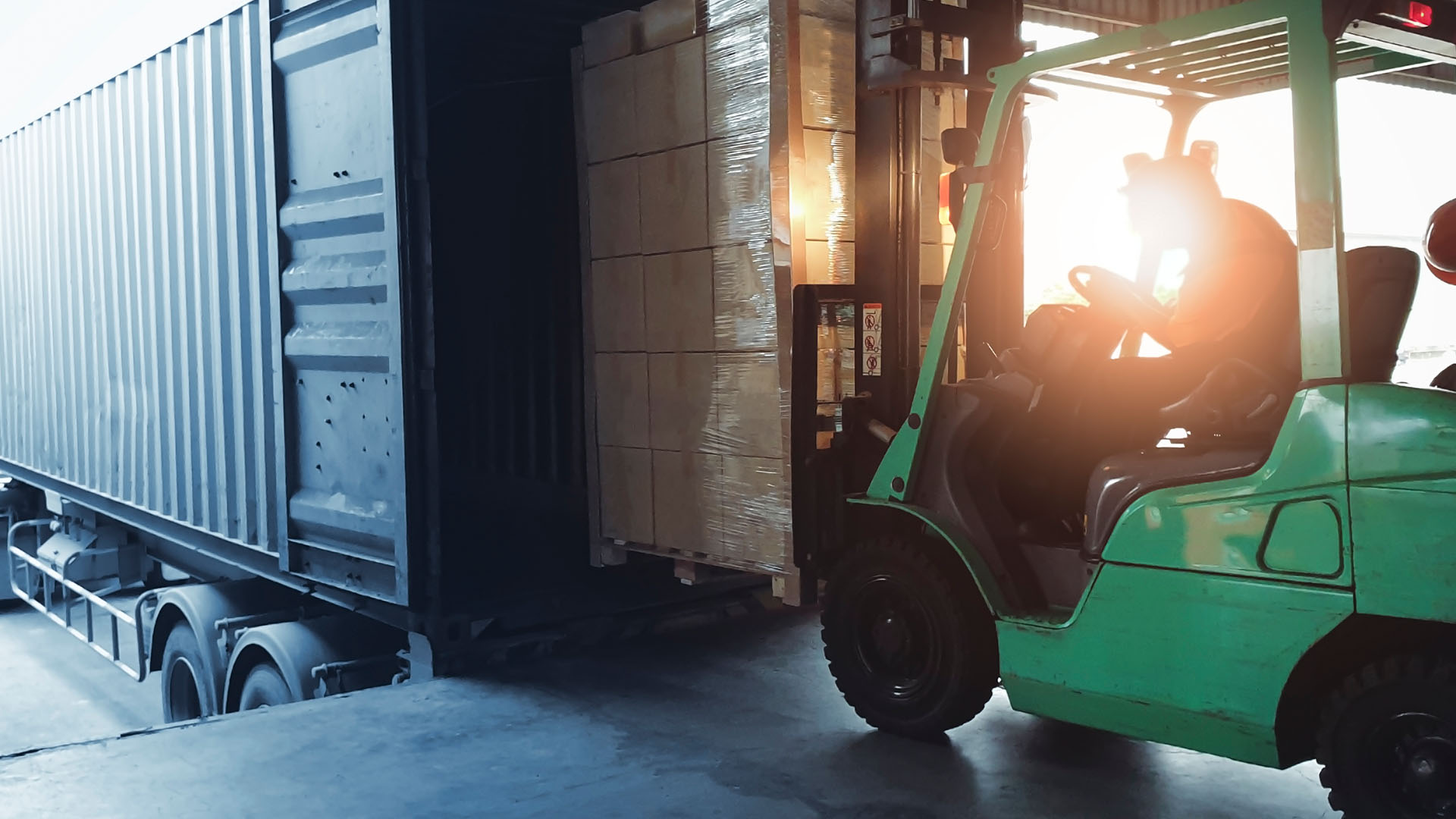Navigating the risks your business faces is a full-time concern when you’re responsible for growing a company. It’s no surprise that an increasing number of South African executives are choosing to reduce their operations’ reliance on the electricity grid while load-shedding remains a serious threat to production, because it may take years to address the challenges Eskom is facing.
But does generating your own electricity reduce or increase your risk, especially if your operations now depend on the power from your renewable energy system?
Embedded generation limit increased to 100 MW
One of the reasons that businesses are giving serious thought to producing their own electricity – also known as embedded generation – is the change in licensing laws in 2021 that made this option more attractive. Before the change, companies had to apply for a licence for any self-generation project over 1 MW in capacity.
That limit has been raised to 100 MW, which means that even industrial companies can now take advantage of the opportunity to limit operational downtime. Reduced red tape means that projects can get up and running more quickly, further strengthening the investment case.
However, producing a return on investment is a secondary priority. The real motivation for producing your own electricity is to make sure that your business can continue to operate without disruptions.
Threats and opportunities
The move to self-generation is a practical example of how companies can act to mitigate their risk. It doesn’t eliminate the risk completely, but it does reduce the chance that your operations will grind to a halt because of load-shedding.
Until recently, companies were able to buy some protection in the form of public utility cover. This additional cover was a form of business interruption protection that would reimburse your business if you lost production or income because of a failure at a public utility like Eskom. Unfortunately, the persistence and severity of load-shedding have led the industry to withdraw this type of cover – another reason why self-generation projects are becoming so popular.
Speed and efficiency are key if your self-generation project is damaged, and you need to get it back up and running ASAP
However, placing your faith in a solar PV system to keep the lights on isn’t without risks, which is less about the reliability of the technology than the fact that you have a single point of failure that could knock out your operations. You need to find a reliable technical partner or in-house skills to manage and control the system so that it operates efficiently. A bigger threat is what you cannot manage or control, like power surges from the grid, or adverse weather like hail and violent thunderstorms that can damage critical components.
How to mitigate risks
One of the most effective ways to reduce your risk is to minimise the points of failure. With a system large and complex enough to generate 100 MW, that is no mean feat. It starts with making sure that the installation is engineered, installed and integrated correctly with your existing infrastructure. This means contracting with appropriately qualified and registered suppliers who can not only do the installation but also provide guarantees on their work.
Most importantly, they must give you a certificate of compliance to verify that the electrical installation conforms with all the necessary codes. This proves that the work has been done to the necessary standards, and your insurer will require you to produce it.
Insuring your self-generation plant against damage or loss is the best way to mitigate post-installation risks. You can do so by adding the replacement value of your system under the building risks in your business insurance policy.
A long-term solution to managing your business risks is to speak to a Nedbank risk adviser. They are experienced in assessing risks in your business and suggesting the best ways to protect yourself against loss. General insurance solutions might include all-risk, key-person, business interruption, income protection and third-party liability protection. If you own your business premises, you should also have building insurance, to which your solar installation would be added.
Risk advisers not only guide you on how to protect your business, but they also make sure that you’re not over- or under-insured. Most importantly, they’re there when you need to claim and to help process your claim as quickly and efficiently as possible – because speed and efficiency are key if your self-generation project is damaged, and you need to get it back up and running ASAP.
If you’re already a Nedbank Insurance client and you’re thinking of installing a solar PV system to power your business, speak to your risk adviser. If you’re not a Nedbank client, you can still ask for a callback to learn more about Nedbank Insurance’s solutions for businesses.








